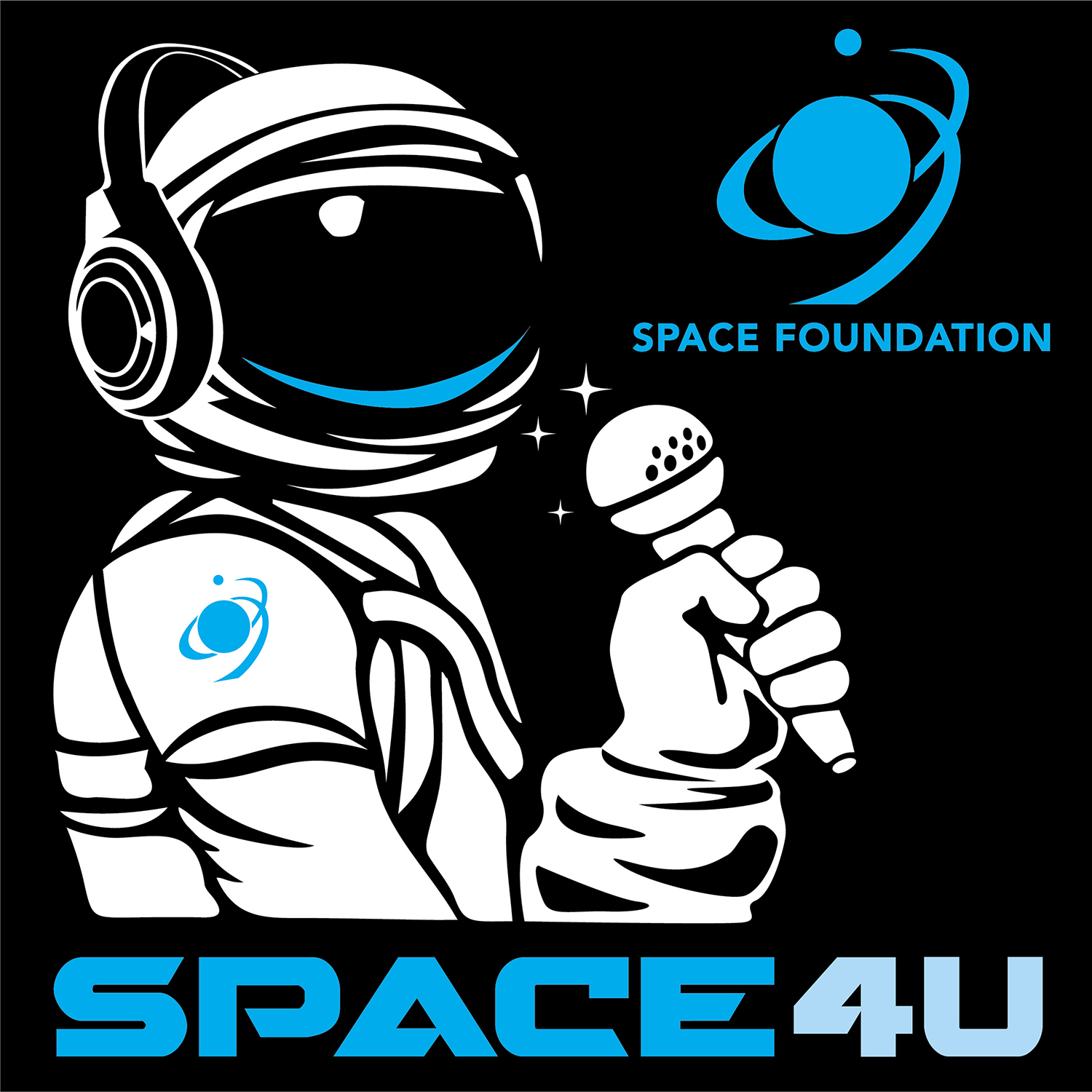Episodes

Wednesday Mar 24, 2021
Chris Carberry – Cofounder/CEO of Explore Mars, Inc.
Wednesday Mar 24, 2021
Wednesday Mar 24, 2021
In this episode:
We meet Chris Carberry, Cofounder/CEO of Explore Mars, Inc., and president of the Space Drinks Association. Prior to his tenure with Explore Mars, Chris served as executive director of The Mars Society. He is also the author of the book Alcohol in Space: Past, Present, and Future and he has penned more than a hundred articles published in a number of highly respected publications around the world.
Carberry has also been interviewed hundreds of times for print and online publications, as well as local, national, and international radio and television outlets. He has extensive political and policy outreach experience with both the legislative and executive branches of the U.S. Government, and has testified to both the United States Senate and the House of Representatives.
Explore Mars is a nonprofit organization created to advance the goal of sending humans to Mars by the end of the 2030s. They are the creators and hosts of the annual Humans to Mars Summit (H2M), the largest Mars exploration conference in the world, which hosts experts from NASA and other international space agencies, as well as policy makers, and members of academia and the entertainment industry. They also conduct significant STEM and educational outreach activities for students, young professionals, and other space advocates.
In our conversation, Chris discusses how his passion for the Red Planet began, what led him to cofound Explore Mars, his opinion on what’s currently the greatest hindrance to getting boots on Mars, what the recently landed Perseverance rover will do to advance the quest to get humans on Mars, the history and future of alcohol in space, and NASA’s current budget and spending with regard to future Mars missions.
In describing the percentage of the Federal budget that currently goes toward the space program and how much a mission to Mars would cost, Carberry says, “We’ll probably spend roughly the same amount on NASA over the next 15 to 20 years whether we go to Mars or not, or we go back to the Moon or not. You know, we can either find ourselves 20 years down the line pretty much where we are now, saying, ‘Well, maybe in the next 15 to 20 years we’ll be able to go to Mars,’ and having spent all that money — or have spent the money and say, ‘We have returned to the Moon, we are now walking on Mars.’”
To learn more about Explore Mars, visit exploremars.org.
Introductory and closing music: Paint the Sky by Hans Atom © copyright 2015, licensed under a Creative Commons Attribution (3.0) license. http://dig.ccmixter.org/files/hansatom/50718 Ft: Miss Judged

Wednesday Mar 17, 2021
Alan Mittelman – Founder, CEO, and President of Eagle Eyes Optics
Wednesday Mar 17, 2021
Wednesday Mar 17, 2021
In this episode:
We meet Alan Mittelman, Founder, CEO, and President of SunTiger, Inc./DBA Eagle Eyes Optics. In the late 1980s, Alan acquired this unique intellectual property for lenses adapted from an innovation originally developed by physicists at the Jet Propulsion Laboratory (JPL), and used by astronauts while building the International Space Station (ISS). The technology can both protect vision and enhance sight by selectively blocking ultraviolet light and blue light radiation.
This became the foundation of SunTiger, and after utilizing SunTiger’s U.S. and Japanese patents to refine the technology, Mittelman negotiated a manufacturing/distribution relationship with Mitsubishi Gas Chemical of Japan. Within two years, his wholly owned company in Japan became the world’s largest manufacturer and distributor of polarized polycarbonate lenses to the sunglasses industry.
Today, the Eagle Eyes product line is comprised of hundreds of models for every style preference, and almost every light condition including bright sunlight, night driving, low-light conditions, computer screen viewing, gaming, office wear, travel, and occupational safety glasses. Continually finding ways to bring their glasses to high-risk populations, Eagle Eyes also regularly donates glasses to Space Foundation education initiatives, and Carolyn Blashek, founder of Operation Gratitude.
In describing NASA’s initial development of the technology, Alan says, “These NASA scientists —physicists — knew that radiational light was harmful to the human eye. They knew that welders needed very, very heavy protection here on Earth. So, of course, being that there is no ozone in outer space, just mere protection from the sun is much more important.”
To learn more about Eagle Eyes and their products, visit EagleEyes.com.
Introductory and closing music: Paint the Sky by Hans Atom © copyright 2015, licensed under a Creative Commons Attribution (3.0) license. http://dig.ccmixter.org/files/hansatom/50718 Ft: Miss Judged

